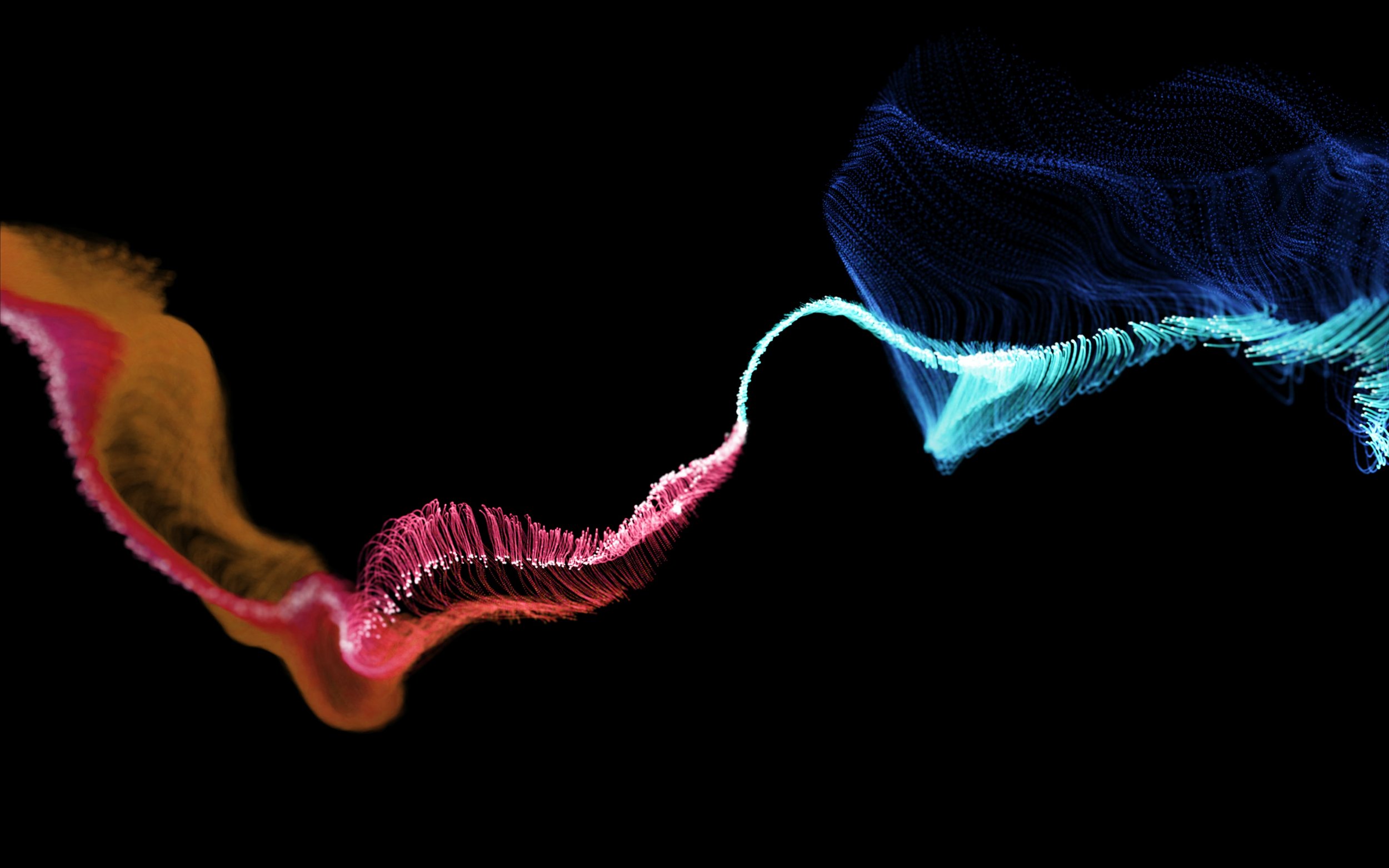Radio Science
The methodology for creating impossible-to-ignore audio ads.
Photo by Richard Horvath on Unsplash
Last month, NPR and Edison Research presented their findings from the annual Smart Audio study—an in-depth look at how Americans are interacting with smart speakers and voice assistants today.
Consumers are inundated with marketing messaging throughout their day, making this stat stand out:
53% of smart speaker owners who have heard an ad on their device say they are likely to respond to ads on their smart speaker.
-Smart Audio Report 2022
While audiences tend to tune out banner ads and TV spots, is there something special about audio messaging in particular that makes them want to lean in instead? The answer is a resounding ‘YES!’
Without visuals to rely on, the information heard in an audio ad is processed and perceived very differently. Understanding how the human brain is hardwired for audio may just hold the key to winning the attention game.
Let’s look at the factors that make compelling audio, and why no audio messaging strategy is complete without radio.
Radio is unique
Whether you are just starting to think about what your brand will sound like or if have a beloved jingle, radio needs to be a part of that strategy. Reaching 93% of Adults 18+ every month, the scale radio provides makes it an extremely cost-effective marketing platform.
Radio generates 55% more incremental reach when added to an audio marketing plan.
-Nielsen Audio Today 2022
With more flexibility and relatively low production costs, radio also offers a unique opportunity for brands to get really creative with how they market themselves to listeners.
Follow best practices
Keep it simple, you only have around 85 words for a :30 spot. The more information that’s included, the less the listener will remember. Get to the point succinctly by focusing on the key product benefits, and why a listener should want what you have to offer. With little time to waste, don’t forget to sell. Include a clear call to action along with a memorable, easy-to-spell (and remember!) URL.
Be ‘top of mind’, not repetitive
An unexpected sound effect, a different piece of music, or a voice change primes the listener for your brand message when they may not have been paying attention before. This is called ‘orienting response’, a behavioral response to an altered, novel, or sudden stimulus (e.g. turning one’s head toward an unexpected noise) according to the APA dictionary.
Keeping creative fresh by using different announcers, focusing on new copy points, or switching up the delivery to introduce something new are just a few ways to tap into that orienting response.
Put imaginations to work
The moment to capitalize on attention is brief, so it’s up to the rest of the creative to entertain or play off of listeners’ emotions (which play a major role in the cognitive process). Radio taps into a different part of the brain, creating ‘theater of the mind’ which stimulates emotion-filled images within the listener’s own imagination.
Depending on your campaign goal there are a few tactics you can use to tap into this unique-to-audio phenomenon:
Get conversational
Tell a relatable story
Rely on humor
Add credibility with a testimonial
Tie it all together
Complete the brand experience while reinforcing recall with a sonic logo. Acting as a ‘name tag,’ a strong audio signifier should be unique to your brand. Think of the instantly recognizable Netflix intro, a sound now synonymous with entertainment and relaxation. When used consistently in ad campaigns and adjacent to any content you produce or platforms you own, a sonic logo can establish a lasting (and positive) association with your brand.
Now that you know the science, you can use this to evoke emotion and effectively capture attention—a winning combination for impossible-to-ignore ads.
Want to learn more about how buying Network Radio works? Check out our 101 Series:

